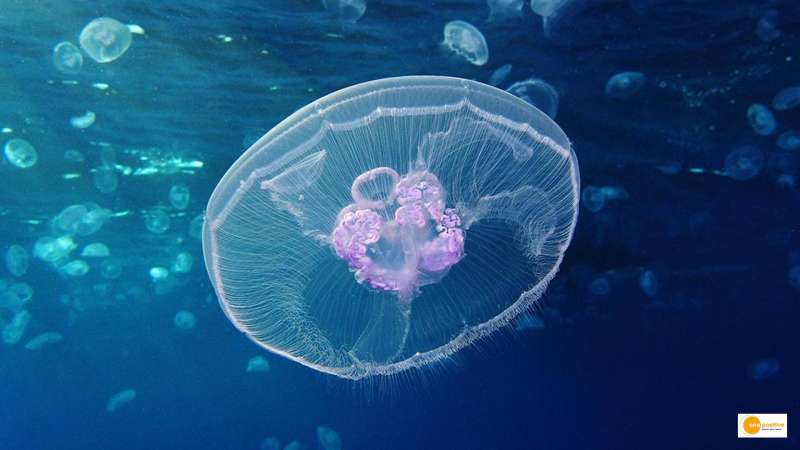

The Mediterranean Sea is filled with fleets of tiny translucent umbrellas, each about the size of a lentil. Turritopsis dohrnii, a miniature jellyfish, waves and grasps with its pale tentacles, bringing plankton to its mouth, as do many other jellyfish species adrift in the glowing water.
They do, however, have a secret that distinguishes them from other sea creatures: when their bodies are damaged, mature adults known as medusas can turn back the clock and transform back into their youthful selves. They shed their limbs and morph into polyps, which are twiggy growths that attach to rocks or plants. The medusa gradually buds off the polyp again, rejuvenated.
Gene found in the unique jellyfish
Scientists examined the jellyfish’s genome in depth, looking for the genes that control this amazing process. The researchers were able to see the delicate orchestration of the jellyfish’s rejuvenation by examining the genes active at different stages of the life cycle.
Gathering enough T. dohrnii to study their genomes can be difficult. Only one scientist, Shin Kubota at Kyoto University in Japan, has successfully maintained a colony in the lab over the long term.
When it comes to living in an aquarium, “they are very picky,” said Maria Pascual-Torner, a scientist at Universidad de Oviedo in Spain who studies the jellyfish. “And they are very, very small, which also makes them difficult to identify and sample in the field.”
Examination of the researchers
When Pascual-Torner and a colleague sequenced the creatures’ genomes, the researchers noticed that the jellyfish had extra copies of certain genes, a sign that these might be important for the creatures’ survival. The researchers found many of the duplicated genes among them, including some that protect and repair the jellyfish’s DNA, as DNA is often eroded with age in animals.
To stimulate rejuvenation, the researchers stressed the jellyfish by letting them go hungry, among other things. The scientists took snapshots of what genes the medusas were using in each stage of their development as they shrank into little balls, sprouted polyps, and began remaking their adult bodies. They took jellyfish from each phase, froze them, and ground them up to extract their mRNA, which revealed which genes were actively being used to make proteins.
The scientists were looking for a significant change in the use of genes associated with DNA storage as the jellyfish transformed. These genes were active or expressed at a high level in adults, indicating that they were frequently used to make proteins. However, as the animals reverted to polyp form, the genes became quieter, with their proteins reaching their lowest levels in the floating ball form.
Pluripotency genes, or genes that allow a cell to develop into a variety of fully developed forms, had the opposite effect. They were quiet as adults, but leaped into action when a jellyfish broke down and began to rebuild its body. When the process was completed, the pluripotency genes went into dormancy.


